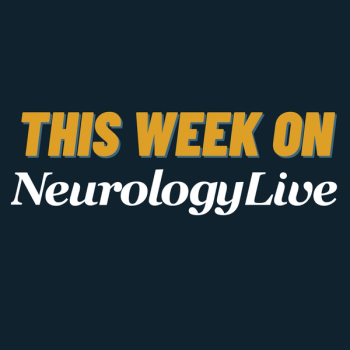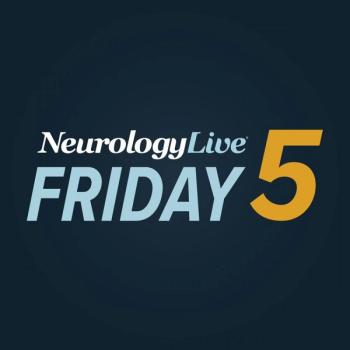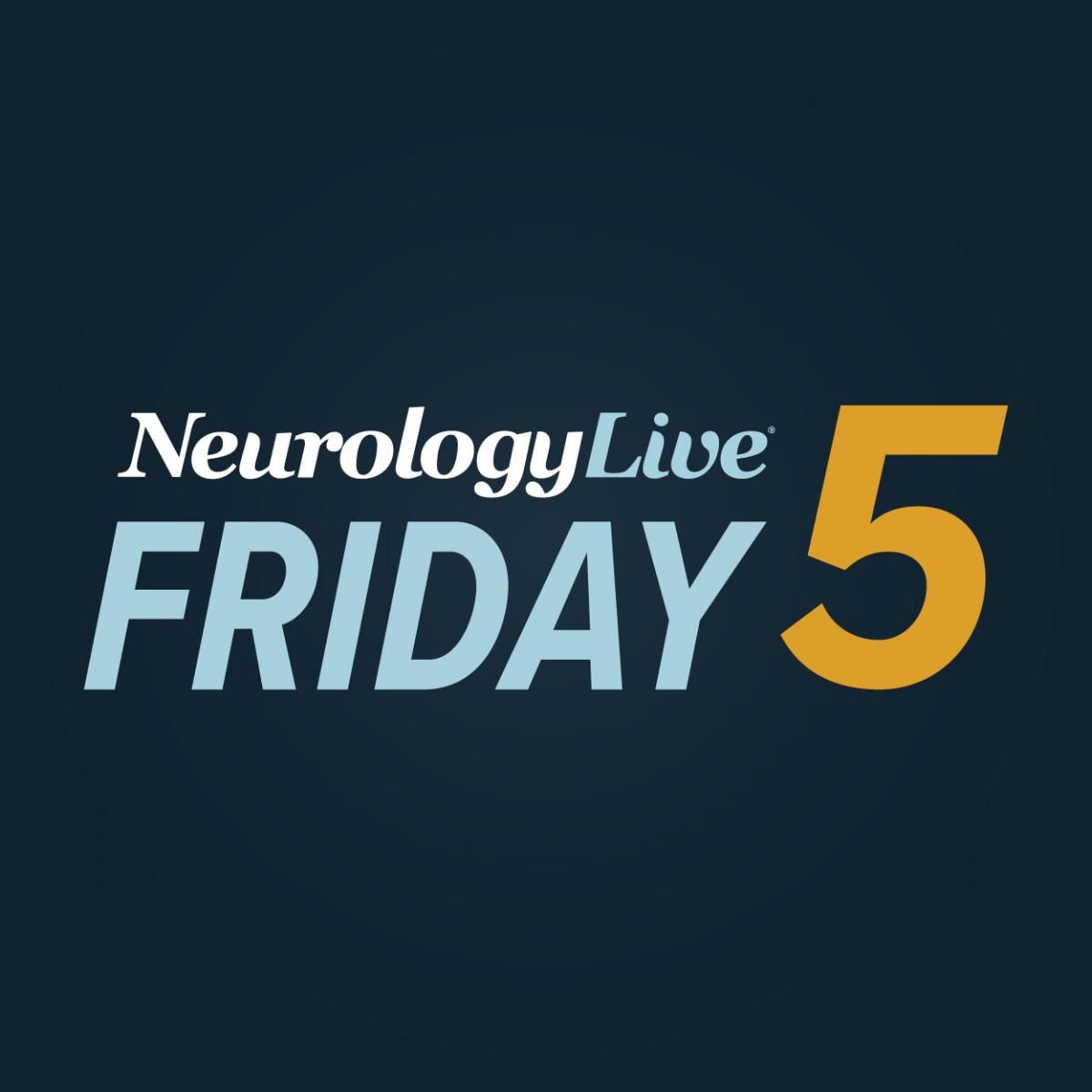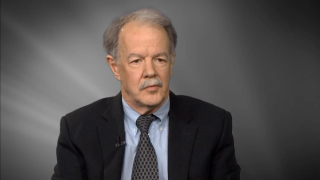
Movement Disorders
Latest News
Latest Videos
CME Content
More News

The chief scientific officer of the Parkinson’s Foundation discussed what has previously been observed in genetic Parkinson disease and what gaps the PD GENEration initiative may fill.

Only small, nonsignificant improvements were observed in Unified Parkinson’s Disease Rating Scale motor scores, though the investigators did not report disease worsening with early treatment.

Researchers developed the biomarker in hopes of simplifying the recent MRPI 2.0 measurement for use in clinical practice.

The chief scientific officer of the Parkinson’s Foundation discussed how the PD GENEration initiative tackles 1 of the greatest unmet needs for patients with Parkinson disease.

The Cleveland Clinic researcher discussed the unknowns about Parkinson disease dementia and what has been previously observed in clinical studies.

Here's what is coming soon to NeurologyLive.

Neurology News Network for the week ending November 7, 2020.

Take 5 minutes to catch up on NeurologyLive's highlights from the week ending November 6, 2020.

"Mind Moments," a podcast from NeurologyLive, brings you an exclusive interview with Indu Subramanian, MD.

The chief scientific officer at the Parkinson’s Foundation discussed PD GENEration, an initiative to provide genetic testing for patients with Parkinson disease.

Findings from PD GENEration will contribute to the biological understanding of the disease and help researchers assess the impact of each mutation.

The director of the Montefiore Einstein Center for the Aging Brain discussed the details of his study that will evaluate motoric cognitive risk syndrome.

Here's what is coming soon to NeurologyLive.

Take 5 minutes to catch up on NeurologyLive's highlights from the week ending October 30, 2020.

The company is planning a pivotal trial of blarcamesine in Parkinson disease dementia after submitting results of the phase 2 study to the FDA for regulatory guidance.

Kristina Simonyan, MD, PhD, DrMed, and Davide Valeriani, PhD, discussed the translational potential of DystoniaNet, and its potential to be adjusted for use in additional disease states.

The director of the VA Southwest Parkinson’s Disease Research, Education and Clinical Centers explained how preventing social isolation—particularly in the time of COVID-19—can help prevent worsened disease states in patients.

Here's what is coming soon to NeurologyLive.

Take 5 minutes to catch up on NeurologyLive's highlights from the week ending October 23, 2020.

Advances in wearables and virtual reality present an opportunity to maximize rehabilitative efforts and improve outcomes.

The Cleveland Clinic researcher described the 2-fold potential use for how his predictive Parkinson disease dementia model may be used pending the success of the study.

Kristina Simonyan, MD, PhD, DrMed, and Davide Valeriani, PhD, offered insight into the use of DystoniaNet, which identified the condition with 98.8% accuracy in a matter of 0.36 seconds.

Here's what is coming soon to NeurologyLive.

The use of real-time quaking-induced conversion and protein misfolding cyclic amplification assays accurately allowed researchers to differentiate synucleinopathies from nonsynucleinopathies.

Take 5 minutes to catch up on NeurologyLive's highlights from the week ending October 16, 2020.










































